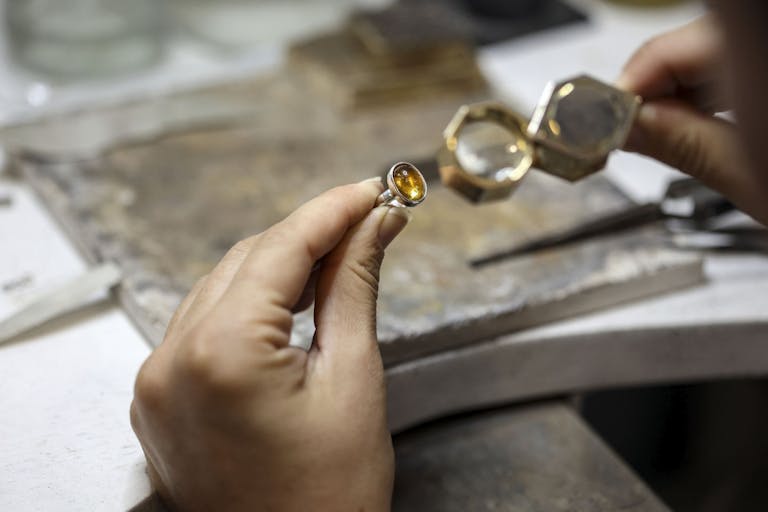
Embryos created using IVF don't deserve to be killed and worn as jewelry
Cassy Cooke
·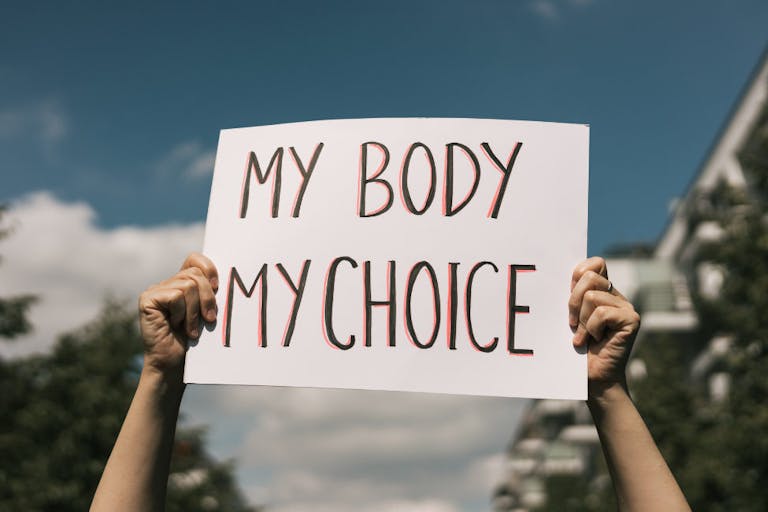
Assisted suicide advocates adopt ‘my body, my choice’ slogan
Pro-assisted suicide activists are repurposing the pro-abortion mantra of “my body, my choice” for the promotion of physician-assisted death.
“It’s a choice issue,” Lorrie Roggers, an 83-year-old living in a senior living facility, told The Washington Post. “My body, my life, my death, my choice.” Rogers was about 30 years old when ‘my body, my choice’ first entered American Politics in order to push for legalized abortion. She wants physician-assisted suicide to be legalized in her state of Maryland, where new Governor Wes Moore (D) has said he would support such a law.
It is unsurprising that this pro-abortion mantra has been adopted by assisted suicide proponents; abortion and assisted death are two sides of the same coin. They both aim to “solve” human problems through the killing of humans.
Helping to death
Society has long worked to help the poor, the sick, and the elderly by way of government and church programs. Non-profit organizations have sought to help individuals rise out of poverty, live with and overcome disease, and enjoy the twilight years of life. The desire to help these individuals has morphed into the unattainable goal of “saving the world” by eliminating persons rather than seeking life-affirming solutions for poverty, illness, and suffering which respect human dignity.
As explained in the book “From Christendom to Apostolic Mission“:
In the modern progressive vision, concern for the poor and the sick has remained, but with a difference — one subtle enough in its first expressions but ultimately bearing serious consequences.
Under the influence of a utopian vision of a society perfected by human energy, humble love for the poor was inevitably transposed into proud hatred for poverty; love for the sick became hatred for disease; love for the elderly turned into hatred from the ravages of age. The point was to arrive at a certain this-wordly state of physical and social health.
What then was to be done if there were too many poor people to be reasonably enriched, or too many people with sicknesses that had no cure, or too many elderly people who were debilitated by effects of old age that could not be reversed or mitigated?
By a perverse but necessary logic, the solution has been to eradicate the poor, eliminate the diseased, and euthanize the aged.
Eradicate the poor
Society hates poverty and therefore wants to eradicate it. But instead of helping the poor, the world now seeks to eliminate the poor (or the potentially poor) before they are born. Common pro-abortion arguments promote the idea that if a woman or couple isn’t financially ready to raise a child or if they are still attending school, they should have an abortion. This, abortion advocates argue, would help women — especially minorities — rise out of poverty. If we could kill poverty in the womb, the theory goes, then poverty wouldn’t exist.
But instead of eliminating poverty, abortion has contributed to the feminization of poverty — with more women living in poverty today than in the years prior to Roe v. Wade.
Women in the U.S. are 35% more likely than men to be poor, and single mothers face the highest risk of living in poverty. Of households headed by single mothers, 30.6% are living in poverty compared to less than 15% of households headed by a single man and about five percent of households headed by a married couple.
In “Poverty and Abortion: A Vicious Cycle,” the United States Conference of Catholic Bishops explained:
Beginning in the 1990s, groundbreaking research has found that the “technology shock” of widely available contraception and abortion has increased out-of-wedlock births. Previously, it was widely accepted that an unexpected pregnancy out-of-wedlock should lead a man to offer marriage.
Once contraception and abortion became widespread, the same pregnancy came to be seen as the woman’s responsibility – and as her problem. The man’s obligation can end with an offer to pay for abortion; if the woman refuses, she often soon finds herself to be a single mother.
The solution to poverty has never been to kill the impoverished. The solution now is to build a renewed devotion to and respect for marriage since children who grow up in the home of their married parents are statistically healthier, better educated, and are more likely to avoid poverty. Private programs like those run by pregnancy resource centers, as well as the establishment of family housing and daycare on university campuses, paid maternity and paternity leave, paid family leave, and health insurance for even part-time employees, can all help reduce poverty.
Eliminate disease
Though certain illnesses can be cured, it is impossible to eliminate disease completely. When we attempt to eliminate disease out of hatred for that disease rather than care for the sick out of love for the sick, we dehumanize the person and reduce their life and their worth to the label of their diagnosis. Children in the womb, adults with chronic or so-called terminal illnesses, and likely soon even children with chronic or terminal illnesses, are targeted for death as if their diagnosis negates everything else about the inherent value of their lives and who they are as individual persons.
Years ago, Iceland boasted that it had eliminated Down syndrome — not because it had cured Down syndrome, but because 100% of the children diagnosed with the condition in the womb were being aborted. This is scientific technology gone wrong. Prenatal testing should be used as a pro-life tool in order to ensure every child receives the support and resources they need at birth. Instead, it’s being used to seek and destroy children with health conditions and disabilities in a warped attempt to eliminate disease by eliminating the person with the condition.
The same is true with assisted suicide, as it promotes the false idea that the sick are better off dead. Again, this puts the focus on the disease, not the person. The entire person deserves to be cared for physically, emotionally, and spiritually, which cannot be achieved through killing.
A more love-centered strategy would be improved palliative and comfort care for the sick, and a better support system for families to help them with the challenges that come with caring for a disabled or ill person.
Euthanize the elderly
At some point, out of a loathing for the changes that aging brings, modern society deemed it better to promote euthanasia for elderly individuals, which inspires the false and evil notion that they have a duty to die.
In fact, the families of two elderly adults in Canada were forced to push back against doctors who were pressuring their loved ones to seek assisted death, and a Yale professor recently promoted the idea of mandatory euthanasia for the elderly in Japan. Those who live long enough to see their 80th, 90th, or 100th birthdays should be celebrated and loved, not belittled for the assistance and support they may need.
Live Action News previously reported that data from Oregon revealed that people most often cite a “loss of autonomy” as their reason for wanting to die, not because they’re suffering. Multiple other studies in medical journals found that people seek assisted suicide because they feel hopeless, are afraid of being a burden on their loved ones, have little to no support, and are depressed. Dignitas, an assisted suicide clinic in Switzerland, once made headlines after it euthanized an elderly woman because she was upset about losing her looks. She was also lonely and physically healthy.
Scientists at The Irish Longitudinal Study on Ageing (TILDA) found that older people in Ireland who express a wish to die are suffering from depression and loneliness, and that their wish to die was temporary among the vast majority. The study involved 8,000 older individuals living in a community setting, and it revealed that of those surveyed, one in 29 community-dwelling older people (age 50 and up) said they wished to die in the previous month. They also had thoughts of their own death and believed they would be better off dead. Sixty percent of those who said they wished to die also had co-existing depressive symptoms and 75% said they were lonely. Of those who expressed a wish to die, however, those feelings were temporary, and within two years 72% said they no longer wished to die. In addition, their feelings of loneliness and depressive symptoms also improved, which suggests an important connection.
What the elderly need is love, support, and compassion, not pressure to die.
Given all of this, it’s no wonder pro-assisted death activists are aligning themselves with pro-abortion talking points. After all, ‘my body, my choice’ worked to legalize abortion and could easily do the same for assisted death as more states look to legalize it. But neither abortion nor assisted suicide actually “assist” anyone. Killing isn’t care.
Live Action News is pro-life news and commentary from a pro-life perspective.
Contact editor@liveaction.org for questions, corrections, or if you are seeking permission to reprint any Live Action News content.
Guest Articles: To submit a guest article to Live Action News, email editor@liveaction.org with an attached Word document of 800-1000 words. Please also attach any photos relevant to your submission if applicable. If your submission is accepted for publication, you will be notified within three weeks. Guest articles are not compensated (see our Open License Agreement). Thank you for your interest in Live Action News!

Cassy Cooke
·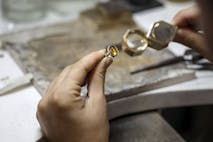
Analysis
Cassy Cooke
·
Pop Culture
Cassy Cooke
·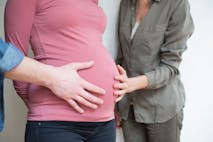
Issues
Cassy Cooke
·
Abortion Pill
Nancy Flanders
·
Analysis
Sheena Rodriguez
·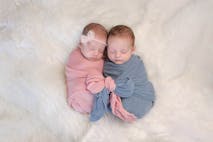
Human Interest
Nancy Flanders
·
International
Nancy Flanders
·
Abortion Pill
Nancy Flanders
·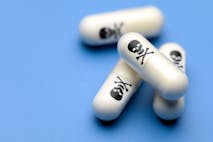
Politics
Nancy Flanders
·
Issues
Nancy Flanders
·